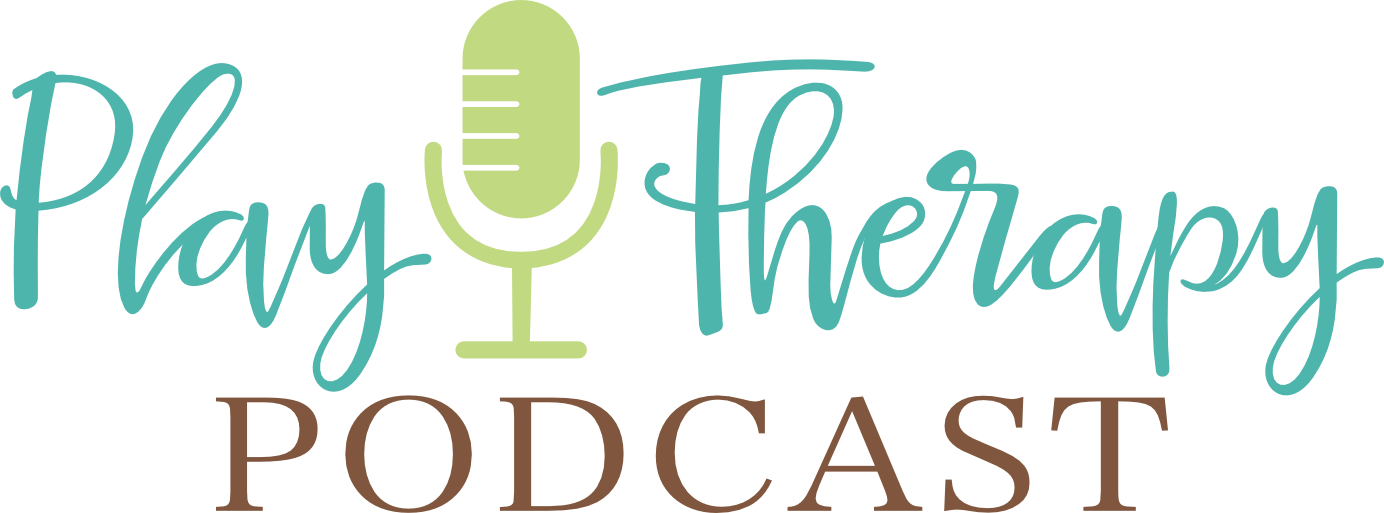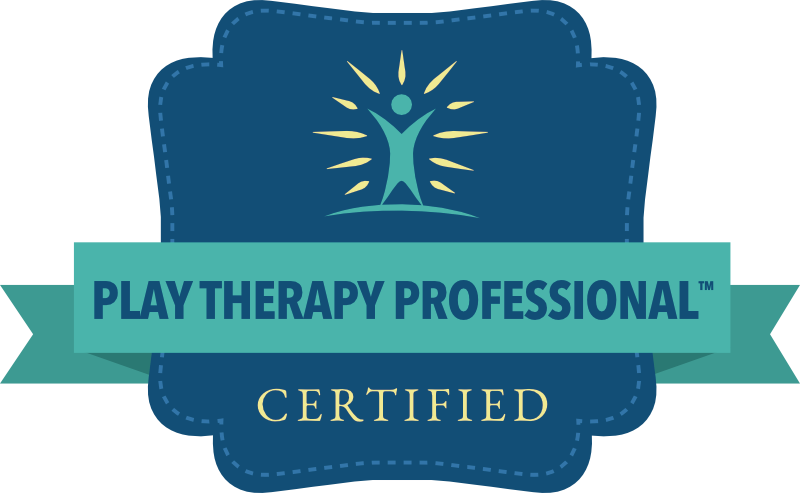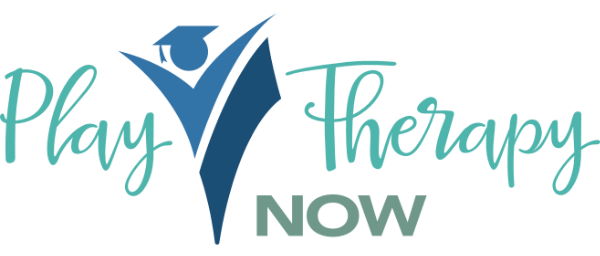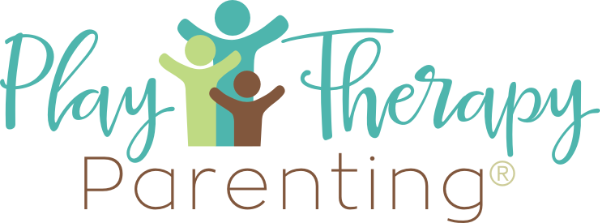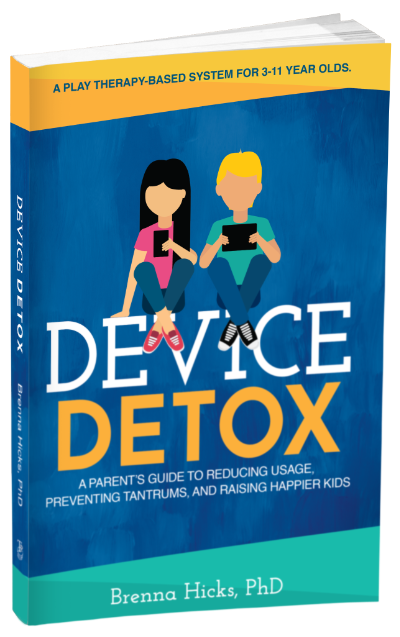182 | Mastering the 5 Goals of Child-Centered Play Therapy Sessions: From Theory to Practice
I break down each goal, explaining how reflective responding, conveying be-with attitudes, limit setting, choice giving, and esteem building contribute to children’s growth and healing. I emphasize the importance of self-directed play and how it leads to self-actualization in children.
Additionally, I delve into the significance of the therapist’s attitude and non-verbal communication in creating a genuine, trusting, and empathic relationship with the child. I remind my fellow play therapists that while understanding the rationale and wording of therapeutic responses is crucial, it’s the relationship that truly empowers and heals. I encourage therapists to prioritize both skill development and relationship-building in their practice.
Episode Reference:
Giordano, M., Landreth, G., & Jones, L. (2005). A practical handbook for building the play therapy relationship. Jason Aronson.
Sign up for my exclusive newsletter at playtherapynow.com. Stay ahead with the latest CCPT CEU courses, personalized coaching opportunities and other opportunities you need to thrive in your CCPT practice!
Ask Me Questions: Call (813) 812-5525, or email: [email protected]
Brenna’s CCPT Hub: https://www.playtherapynow.com
CCPT Collective (online community exclusively for CCPTs): https://www.ccptcollective.com
Podcast HQ: https://www.playtherapypodcast.com
APT Approved Play Therapy CE courses: https://childcenteredtraining.com
Twitter: @thekidcounselor https://twitter.com/thekidcounselor
Facebook: https://facebook.com/playtherapypodcast
The 5 Essential Goals of Child-Centered Play Therapy Sessions: Building the Foundation for Healing
In today’s episode of the Play Therapy Podcast, we continue our summer school series by delving into “A Practical Handbook for Building the Play Therapy Relationship” by Giordano, Landreth, and Jones. We’ll explore the five key goals of play therapy sessions and how child-centered play therapy techniques help achieve these goals.
The Five Goals of Child-Centered Play Therapy Sessions
1. Allow Children to Communicate Through Play
The first goal is to allow children to communicate their thoughts, needs, and feelings through the medium of play. This creates an experiential and emotional conversation between the child and therapist. The primary tool for achieving this goal is reflective responding, where we reflect the child’s feelings, content, and behaviors, providing a window into their inner world.
2. Develop a Positive Self-Concept
The second goal aims to help children develop a more positive self-concept and feelings of self-acceptance, self-respect, self-worth, and self-confidence. We achieve this by conveying the be-with attitudes: “I’m here, I hear you, I understand, I care, and I delight in you.” (Bratton, et al, 2006.) These attitudes create an unconditionally accepting environment where children can develop positive self-feelings regardless of their behavior or emotions.
3. Develop Self-Direction, Self-Reliance, Self-Responsibility, and Self-Control
The third goal is to help children develop more self-direction, self-reliance, self-responsibility, and self-control. We create an environment for this through a combination of limit setting when necessary and providing choices. These techniques allow children to develop their ability to direct themselves and take responsibility for their actions.
4. Assist in Identifying and Expressing Feelings
The fourth goal is to assist children in learning to identify and express their feelings. We achieve this primarily through reflecting the child’s feelings, which helps them develop an emotional vocabulary. This process involves two parts: accurately identifying their feelings and effectively communicating them.
5. Develop Internal Evaluation and Self-Trust
The final goal is to help children develop an internal source of evaluation and become more trusting of themselves. We accomplish this through esteem-building and encouragement. By expressing to children that they are capable and competent, we help them develop confidence in their own abilities and learn to trust themselves.
The Importance of Attitude and Relationship
While the words we use carry powerful messages, the attitude in which they’re communicated is equally important. Responses made in an interactive and conversational manner sound natural and genuine. The therapist’s body posture, facial expressions, and tone of voice convey interest, warmth, and acceptance of the child.
Understanding the rationale and wording of therapeutic responses alone will not produce a healing atmosphere. Instead, a genuine, trusting, and empathic relationship is the foundation from which the words can empower and heal.
A Pep Talk for Play Therapists
It’s common for play therapists to be hard on themselves, always striving to improve their skills. While continuous learning and growth are essential, it’s crucial not to get so caught up in perfecting the words and skills that we lose sight of the importance of the relationship.
Remember, it’s not just about saying every skill in an ideal manner. The attitude in which the words are communicated, the relationship that is created, and the non-verbals that convey acceptance are equally important. Prioritize building a genuine, trusting relationship just as much as you prioritize your skills, as both are crucial for empowering and healing children.
As we continue to hone our skills as child-centered play therapists, let’s remember that the foundation of our work lies in building genuine, trusting, and empathic relationships with the children we serve. It’s through this foundation that our words and techniques can truly empower and heal. Keep learning, keep growing, but never lose sight of the importance of the therapeutic relationship in play therapy.
Reference:
Giordano, M., Landreth, G., & Jones, L. (2005). A practical handbook for building the play therapy relationship. Jason Aronson.
Bratton, S. C., Landreth, G. L., Kellam, T., & Blackard, S. R. (2006). Child parent relationship therapy (CPRT) treatment manual: A 10-session filial therapy model for training parents. Routledge/Taylor & Francis Group.
